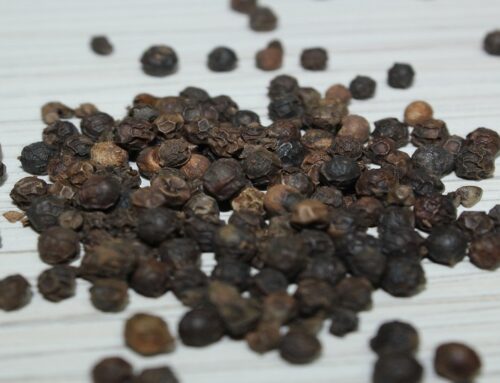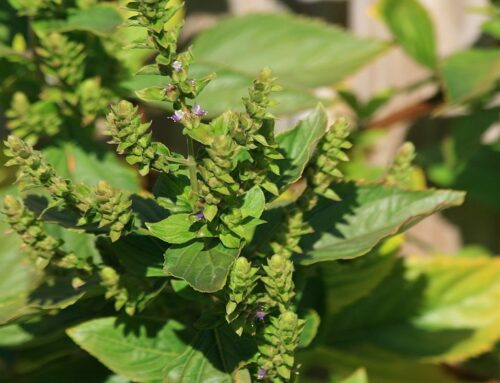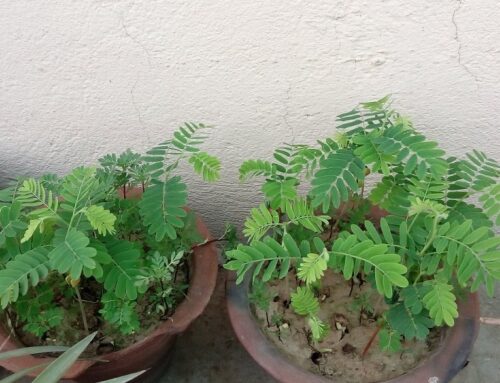Composting is a natural microbiological process of decomposing organic matter into humus and minerals. Microorganisms that aid composting process include bacteria, actinomycetes, fungi, protozoa and earthworms.
Composting process can be accelerated by adding shredded leaves and some extra nitrogen into the compost container. Adding shredded leaves make a homogenous compost mixture with smaller particles. Smaller particles decompose faster as there are more surfaces for the microbes to work on. At the same time, make sure that particles are not very small also as very small particles may compact and restrict oxygen availability. A blend of small and large particles will be the most efficient compost mixture composition.
Adding water also hastens composting process. Proper aeration must be ensured by regularly turning the compost mixture. Compost turners are used for this purpose. It can be done manually also by using shovels.
The composting process is entirely dependent on microorganisms to break down organic matter into compost. Presence of a healthy microbial community is essential for rapid decomposition process. Lack of a healthy microbial community makes composting process very slow. With the proper mixture of water, oxygen, carbon, and nitrogen, micro-organisms work faster to break down organic matter to produce compost.
There are two types of composting processes: traditional composting and modern composting. Traditional composting is a slow process and it takes about one year or more to complete the process. It is simple, sometimes requires simply piling up waste outdoors or in compost pits. On the other hand, modern composting uses composting containers or composting bins for piling up the composting mixture. It is a multi-step, closely monitored process. It uses more homogenized pieces in the compost with measured inputs of water, air and carbon- and nitrogen-rich materials. Modern composting is a rapid process and takes about 2 to 3 weeks.
Carbon, nitrogen, oxygen and water play important roles in composting process. Microbial oxidation of carbon produces the heat required for decomposition process. Microbes grow and reproduce consuming nitrogen-rich plant materials and oxidize carbon using the oxygen present in the compost pile. Presence of water maintains life activities of microbes within the compost pile. The most efficient composting occurs with a carbon: nitrogen mix of about 30 to 1. So it is important that during compost preparation, adequate moisture (watering), oxygen (aeration), nitrogen (urea or any other nitrogen supplements), and carbohydrates (shredded paper or leaves or similar materials) should be provided at regular intervals. Or else the composting process will fail.
Some proper materials that are suitable for making good compost are farm/barn yard manure (cattle manure, horse manure, swine manure, poultry manure etc) generated on the farm and bedding, straw, sawdust, paper, chopped cardboard, grass clippings, leaves and weeds, coffee and cocoa bean grounds, tea grounds, wood chips, bark, stems, stalks, garden waste, canning waste, rotten fruits and vegetables, dried out egg shells, corncobs and yard trimmings. Plant and animal materials have both carbon and nitrogen and therefore they are recommended as most suitable materials for composting.
If nitrogen is less in a compost pile, use urea or any other nitrogen-rich materials. If urea is used, follow the following standards,
- 1 lb. urea to 1 cubic yard. leaves
- 6 lb. urea to 1 cubic yard. wood clippings
- 5 parts leaves to 1 part manure
- Dried blood meal, alfalfa meal at the rate of 2 cups to a wheelbarrow load of brown leaves or other carbon rich wastes such as shredded paper
Optimum temperature and moisture level should be maintained throughout the composting process. Higher temperature may kill the microbes. At low temperatures, they may remain inactive. So the best method is to keep the composting mixture at optimum temperature which is between 100oF and 140oF. Moisture level should always be maintained at about 50%. Compost pile should always be moist and should never be kept dry. Overwatering should be avoided.
Microbes need sufficient oxygen for decomposing compost. Since composting is an aerobic process, absence of oxygen causes anaerobic conditions thus result in a bad odor and partial decomposition of the compost. Hence it is essential that compost pile must be turned at regular intervals to facilitate aeration.
Restrict size of the pile to no more than 5 ft. high and 5 ft. wide. Compost pile of 4×4 ft makes an ideal size. Composting at the center of the pile is complete when temperatures within the pile drop below 100o F. Once composting at the center is complete, turn the pile, putting outside edges inside and allow it to compost more. As a rule, initial watering is done after there is sufficient heat build-up (145° to 170°F) within the compost piles and watering is done up to the point of leaching while compost pile is turned slowly using pitchforks. After this initial watering, little water is required during the remaining period of composting process. Watering and turning compost piles are done simultaneously. Turning compost piles at regular intervals ensures proper mixing of all the ingredients; proper aeration and relocates the compost materials from a cooler to a warmer area within the compost pile.
Aerobic fermentation of compost begins after a few days and normally a composting cycle lasts from 7 to 14 days in modern composting process depending on the nature of the substrate materials used. Since ammonia and carbon dioxide are produced during composting, a strong smell is associated with composting process. Due to the desirable chemical changes that are associated with the composting process, there are high levels of biological and chemical activity within the compost. This compost is rich in food materials necessary for mushroom growing and it has sufficient heat build-up also. The compost temperatures may reach up to 170° to 180°F during the second and third turnings if desirable composting conditions are maintained.
Towards the end of the composting process, one last turning of the compost piles is done and at this time, water is applied generously up to the point of leaching. Watering is an important process during composting as there is a strong link between watering and the biological activity of the compost. Nutritional value of the compost is enhanced when there is sufficient water to build up a favorable temperature within the piles for the enhanced growth and activity of the beneficial microorganisms. Compost is ready to use when the temperatures within the pile begin to cool and remain steady even after turning.
Tips for Successful Composting
- Select an appropriate site: Select a site that is away from residences and commercial establishments. Site should be in a shaded place but sunlight availability should be there. There should be convenience for adding composting materials as well to remove finished compost. There should be a water source nearby
- Select an appropriate container or prepare a compost pit of suitable size: If modern composting methods are used, containers must be selected with proper care. Containers should resist decay and allow aeration. If traditional open composting methods are used, pits should be prepared with great care
- Select proper composting materials that are available locally
- Make a homogenous compost pile: A compost pile should be made homogenous which speeds up the composting process. A homogenous pile can be made by placing layers of green plant waste (nitrogen rich materials) alternating with carbonaceous materials (sawdust, paper clippings etc)
- Keep the compost pile moist always: Compost pile should always be kept moist. Do not allow the compost pile to dry. Ensure proper water in the compost pile by adding water at regular intervals
- Keep the compost pile aerated: Mix the pile or turn the pile occasionally to provide proper aeration. If compost pile has a bad odor, it indicates absence of oxygen. Ensure proper aeration of the compost pile by turning it at regular intervals
- Ensure proper nitrogen by adding urea or any nitrogen rich materials: If compost pile has ammonia smell, it indicates presence of excess nitrogen. Add carbon rich materials like sawdust to compensate it
Properties of Good Quality Compost
Good compost will be chocolate brown to dark in color; friable, soft and porous, and it will have a peculiar odor of earth and ammonia. It is an excellent source of humus and plant nutrients and will have good water holding capacity. Good compost will have a moisture content ranging from 68 to 74 percent.
Facilities Required For Compost Preparation
- A concrete floor to prepare compost materials
- A compost turner to aerate and water the composting mixture
- A tractor-loader or a wheel barrow to move the materials to the compost turner
- Pitchforks to turn the compost piles in the compost turner
Check out our publishing services here…
We publish top quality videos on various ‘Food & Agriculture’ topics. You may subscribe our video channel here…






